Historic Preservation is always a topic of discussion in Allegheny West and for good reason.
The Allegheny West Historic District was listed on the National Register of Historic Places in 1978. Allegheny West is one of twelve city historic districts in Pittsburgh. Each historic district has published guidelines that are designed to “help individual property owners formulate plans for the rehabilitation, preservation, and continued use of old buildings consistent with the intent of the Secretary of the Interior’s Standard for Rehabilitation.” These Guidelines for Historic Districts are available on the City of Pittsburgh website at pittsburghpa.gov/dcp/historic. Historic District maps are also available at this website, showing detailed boundaries of each district.
Because Allegheny West is a city historic district, all exterior work that is visible from a right of way, a street or an alley, needs a Certificate of Appropriateness (CoA), and, depending on the type of project, possibly a building permit. The Local Historic Review Commission (LHRC) and the Historic Review Commission (HRC) use the guidelines when reviewing appropriateness of proposed exterior alterations in designated historic districts.
Recent agendas for both the AWCC Membership and Housing and Planning meetings have included topics related to LHRC and HRC. Two notable items are a proposed expansion of the current Allegheny West historic district boundary and the Stables Building project on W North Avenue.
Because of these topics, because we have quite a few new neighbors and because we could all use a refresher on the special rules that come with living in a designated historic district, we have invited Sarah Quinn, Planner with the City of Pittsburgh, to join us at the April Membership meeting and review the Historic Review Commission objectives and process.
Topics to be covered include:
- HRC applications for proposed work – how to submit them and fees involved
- HRC versus LHRC
- Allegheny West neighborhood guidelines and where to access them
- Historic district affect on property values
- Differences between property use and historic value – i.e. a structure can be any “use” (residential, commercial, industrial, mixed, etc.) and can be deemed historic
Sarah’s presentation will be an hour in length and will be the first item on the agenda. Please plan to attend!
Ann Gilligan
President, AWCC
